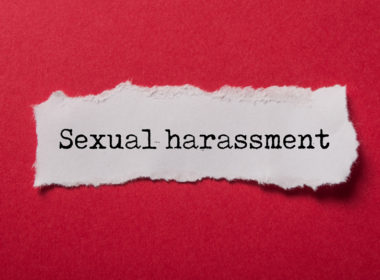Snapshot
- Despite anti-discrimination laws, the legal profession is yet to fully embrace the benefits of workplace diversity.
- One of the reasons behind these inequities may be ‘unconscious bias’. While it is difficult to eradicate biases, there are techniques which have proven effective in counteracting unconscious bias.
- This article offers insights and practical advice about how your law firm can take steps to be a positive model for change.
The recent revelations about former High Court Justice Dyson Heydon have laid bare the unspoken currents swirling behind the public face of the Australian legal system – a system dominated by men, in which women often struggle for equality. Bare statistics support this reality. In 2019 the Workplace Gender Equality Agency reported the legal profession had a gender pay gap of over 25%. Barristers have the highest pay gap of any occupation: in 2017/2018, the average income for females barristers was $70,227; for males it was $190,454; for female lawyers it was $112,731; and for males it was $148,4871. In 2019, women made up only 25% of partners2 and 10% of the most senior positions3. Many female lawyers may have reason to ponder frustrating inequities that still permeate the walls of the profession: Why do solicitors seem to prefer male barristers? Why do people think female lawyers are unsuited to the technical aspects of law? Why does sexual harassment and bullying of women in law continue at unacceptably high rates? Why are lawyers’ working hours designed to favour people without family obligations?
How unconscious bias occurs
Biased thought processes have been extensively researched, studied and tested for in recent decades, both from psychological and neurological perspectives. According to Daniel Kahneman, Nobel Laureate in Economics, in ‘Thinking, Fast and Slow’ 4 human cognition operates on two distinct levels. ‘Fast’, or System 1, involves quick, emotive and intuitive thinking. System 2 is slower, logical, more considered thinking. System 1 thinking makes use of ‘heuristics’ which are rapid intuitive mental jumps in order to reach judgments or make decisions. They function below conscious thinking and lead to mental illusions or ‘unconscious biases’. These biases have been amply exposed over the past 20 years through application of the Harvard University Implicit Association Test (‘IAT’). Gordon Allport in The Nature of Prejudice5 postulates that racial and gender stereotyping, as well as prejudice and discrimination towards outsider groups, have their genesis in an unconscious tendency of humans to categorise. He says: ‘all categories engender meaning upon the world. Like paths in a forest they give order to our life space. The principle of least effort inclines us to hold early-formed generalisations as long as they can possibly be made to serve our purposes.’
Manifestations of unconscious bias
Anti-discrimination laws have made overt declarations in favour of male employees unlawful. Consequently, leaders, recruiters and managers guard their language carefully and the real reasons and motivations for denying opportunities to women are often camouflaged. Myths persist, such as: men are more competent than women; women are not as ambitious as men; or women tend to shrink from leadership responsibilities as they are instinctively more communal and nurturing. These attitudes continue to prevail in unspoken form. Sometimes, women themselves unknowingly accept and adopt them, and even help to perpetuate these myths. When group members collectively hold and maintain similar biases, they become systemic. Systemic bias is the tendency for a human system or institution to prefer a particular outcome – so what seems like an objective standard actually favours one group over another. The Law Council’s National Attrition and Re-engagement Study (NARS) Report6 identified a number of features in the practice of law which can be classified as systemic bias against women. These include: flexible working having a negative impact on progression; lack of women in leadership contributing to a male-dominated culture; discrimination due to family responsibilities; a lack of mentors; little sponsorship of ambitious female lawyers; bullying and intimidation sometimes condoned; allocation of ‘softer areas’ of work to women. Despite progress in the law, for women in male-dominated workplaces, the glass ceiling remains firmly in place7.
How to counteract unconscious bias
At the individual and the team level: Even people with the best of intentions, who are firmly committed to fair and equal treatment of others, can be guilty of stereotyping, prejudicial behaviour and even discrimination. It’s unlikely that we can totally eradicate our own biases, but we can take steps to counteract them collectively. These are some techniques which have proven to be effective, in countering various biases:




